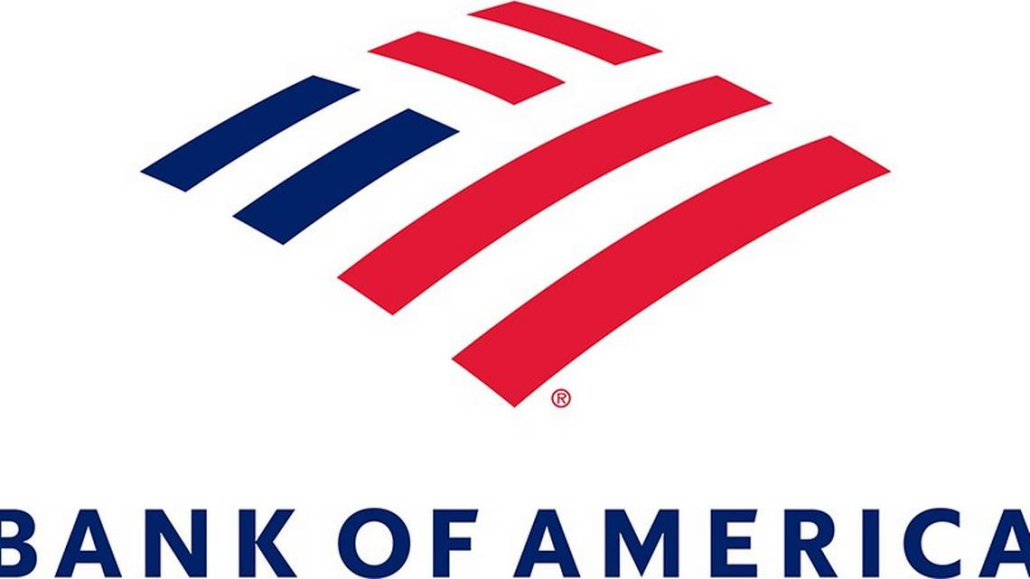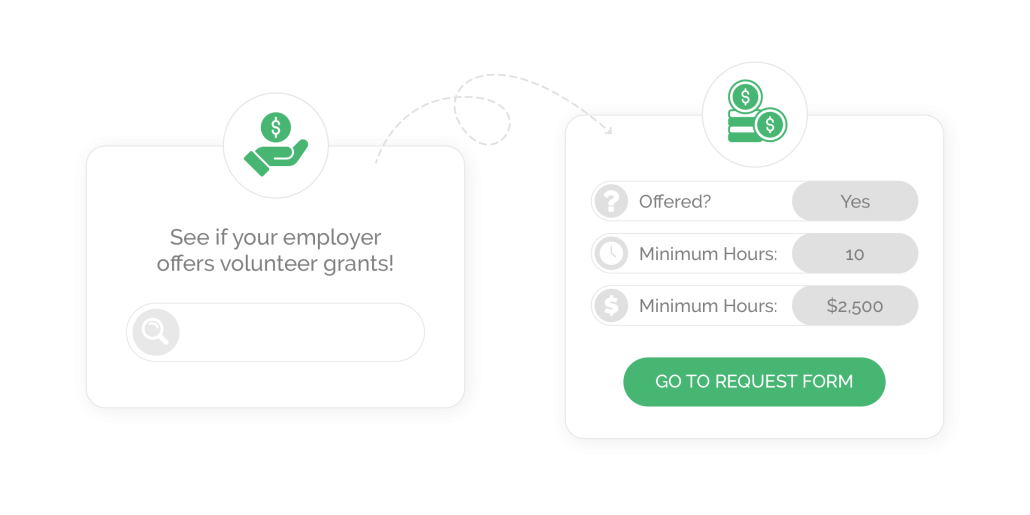Leveraging Volunteer Incentive Programs [Nonprofit FAQ]
Volunteer incentive programs are a powerful tool for nonprofits aiming to boost community engagement and maximize their impact. These programs, which involve companies rewarding employees for their volunteer time and efforts, can take many forms. And they can range from volunteer grants (or Dollars for Doers) to paid volunteer time off and more.
For nonprofits, understanding and leveraging these programs can mean more volunteers, increased funding, and stronger relationships with corporate partners. In this guide, we’ll explore the ins and outs of volunteer incentive programs—and practical strategies for making the most of them.
Specifically, we’ll answer the following questions:
- What are Employee Volunteer Incentive Programs?
- What are the most popular types of Employee Volunteer Incentives?
- What benefits do Volunteer Incentive Programs offer?
- What are some examples of companies with standout Employee Volunteer Incentive Programs?
- How can nonprofits maximize the impact of Volunteer Incentive Programs?
Ready to make the most of available corporate volunteer incentives for your nonprofit team? Let’s dive in.
What are Employee Volunteer Incentive Programs?
Employee Volunteer Incentive Programs, also known as corporate volunteer programs or employee volunteer incentive initiatives, are structured efforts by companies to encourage and reward their employees for participating in volunteer activities.
These programs are designed to promote corporate social responsibility, enhance employee engagement, and support community involvement.
What are the most popular types of Employee Volunteer Incentives?
Volunteer incentives are not a one-size-fits-all experience. In fact, there are a number of ways for companies to participate in corporate volunteerism and incentivize their employees to do so as well.
As a nonprofit or school, some of the programs you’re most likely to come across include:
- Volunteer Grants
- Companies offer monetary donations to nonprofits based on the number of volunteer hours employees contribute. For example, a company might donate $25 for every hour an employee volunteers.
- Paid Volunteer Time Off (VTO)
- Companies provide employees with paid time off specifically for volunteering during the regular work day. This is above and beyond any other paid time off and can range from a few hours to several days per year.
- Team Volunteering Events
- Companies organize group volunteering activities that encourage employees to participate together, fostering teamwork and camaraderie while supporting a charitable cause.
The more familiar you are with popular employee volunteer incentives, the better you’ll be able to market the opportunities to your audience.
What benefits do Volunteer Incentive Programs offer?
Volunteer incentive programs are a particularly valuable form of corporate philanthropy, and the impact extends from the companies offering the programs to the organizations receiving support and beyond. Let’s take a look at the key benefits for each party involved.
For Nonprofits
- Increased Volunteer Participation: Volunteer incentive programs encourage more employees to donate their time, providing nonprofits with a steady stream of supporters ready to get involved.
- Additional Funding: Programs like volunteer grants or dollars for doers translate volunteer hours into financial support for nonprofit organizations, providing a greater volunteer program ROI.
- Enhanced Visibility: Participating in corporate giving programs can raise the profile of nonprofits, attracting more volunteers and donors who may otherwise have no familiarity with your cause.
For Companies
- Employee Engagement: Encouraging volunteerism boosts employee morale, satisfaction, and retention by aligning work with personal values and passions.
- Corporate Reputation: Companies that actively support volunteerism improve their public image and demonstrate a commitment to social responsibility.
- Team Building: Group volunteer activities strengthen relationships among employees and build a positive corporate culture.
For Employees
- Personal Fulfillment: Volunteering allows employees to give back to their communities, fostering a sense of accomplishment and purpose.
- Skill Development: Employees can develop new skills and gain experiences that may be beneficial in their personal and professional lives.
- Recognition and Rewards: Employees receive acknowledgment and rewards for their volunteer contributions, enhancing job satisfaction.
What are some companies with standout Volunteer Incentive Programs?
Many companies have implemented exemplary Volunteer Incentive Programs that encourage and support their employees’ volunteer efforts. In doing so, these businesses demonstrate the positive impact of well-structured Volunteer Incentive Programs, not only supporting their employees’ philanthropic efforts but also strengthening their communities.
Familiarizing yourself with these initiatives can go a long way in allowing your team to target the programs effectively. Here are some key examples you should know:
Chipotle Mexican Grill
Chipotle encourages employee volunteerism through its “Chipotle Community Roots” program, which offers paid time off for volunteering and supports team volunteer events. While it can vary greatly, the company’s primary focus is on initiatives that promote food sustainability, education, and environmental preservation.
Employees are also encouraged to participate in other forms of philanthropy, including through the company’s CLMA-designated matching gift program (complete with seamless matching gift auto-submission functionality!).
 Gene B. Glick Company
Gene B. Glick Company
Gene B. Glick Company fosters employee volunteerism through its corporate social responsibility efforts, particularly focusing on local community engagement and social services. Employees are offered up to 8 hours of paid time off to volunteer with various nonprofit organizations each year.
The CLMA-designated company also offers a standout matching gift program, with exclusive auto-submission streamlining the process for employees to get involved.
EY
EY (Ernst & Young) encourages employee volunteerism through its EY Ripples CSR program, which leverages employees’ skills to address global challenges. Employees are offered paid time off to volunteer, focusing on education, supporting entrepreneurs, and accelerating environmental sustainability.
This also encapsulates EY Connect Days, or quarterly days of service in which 22,000+ EY employees volunteer with nonprofit causes in 20 countries across the globe.
Siemens
Siemens promotes volunteerism through its Corporate Citizenship program, which includes paid volunteer time off for employees. The company encourages employees to engage in community service, particularly in areas related to education, technology, and sustainability. The company also offers team volunteer grants to amplify the impact of employee volunteerism.
IBM
IBM’s volunteer program, Corporate Service Corps, is dubbed “a Peace Corps for the corporate world,” sending teams of employees to work with nonprofits and government organizations on critical societal challenges. Employees can also participate in the On Demand Community, where they access resources (including up to 8 hours of volunteer time off) to donate their specialized skills in local communities.
As another incentive, IBM offers volunteer grants for employees, enhancing the impact of their time with grants worth $10 per hour after the first 10 hours are recorded, up to a maximum grant amount of $500.
 Infobip
Infobip
Infobip supports employee volunteerism through its volunteer incentive program Bippers4Community. This corporate social responsibility initiative encourages employees to contribute their time and skills to community service projects, promoting a culture of giving back by providing opportunities for employees to participate in company-organized volunteer events. This includes both BipUp Skills, an online volunteering program, and BipUp Teams, the onsite volunteering component.
 Cisco
Cisco
Cisco supports employee volunteerism through its WeAreCisco program, which includes up to 80 hours of paid time off for volunteering and volunteer grants worth $10 for every hour an employee volunteers. The company encourages employees to participate in volunteer activities that align with their passions, providing a platform to make a positive impact on their communities.
 Toyota
Toyota
Toyota’s volunteer incentive program, Toyota4Good, offers employees paid time off to volunteer and supports matching gifts for nonprofit donations. Toyota encourages employees to engage in volunteer activities that align with its focus on education, environmental sustainability, and community improvement. And employees are encouraged to request volunteer grants for their time, with two tiers of grants available after 50 and 100 hours.
Intel
Intel’s global corporate volunteer program, Intel Involved, encourages employees to contribute their time, technology expertise, and other skills to nonprofits in need of their services. This includes its volunteer grant program, through which employees can request generous company funding on behalf of the organizations they support.
Over the last decade, Intel employees (and retirees!) have donated more than 10 million hours in their communities!
Bank of America
Bank of America writes that “We support our employees’ volunteer efforts through programs such as a robust volunteer platform, volunteer grants directed to nonprofit organizations where employees volunteer regularly, matching gifts which double the impact of employee giving and additional employee giving opportunities.” This volunteer incentive program is deeply engrained in the company’s culture, offering 2 hours of VTO each week as well as volunteer grants worth $500 or $1,000.
Google’s annual month-long volunteer program, GoogleServe, provides a chance for “Googlers” across the world to give back by partnering with nonprofit causes. This project has been ongoing for over a decade, and most recently saw more than 25,000 Google team members from 40 countries participating with nearly 1,000 organizations.
Not to mention, all Google employees are encouraged to request up to 20 hours of paid time off to partake in volunteer activities each year. And hours spent outside the VTO program qualify for volunteer grants equal to $10 for every hour!
How can nonprofits maximize the impact of Volunteer Incentive Programs?
Volunteer Incentive Programs can be a game-changer for nonprofits by boosting volunteer engagement, securing additional funding, and strengthening community ties. To fully leverage these programs, nonprofits need to adopt strategic approaches that enhance the overall effectiveness and impact of their volunteer efforts.
Here’s how organizations like yours can do so:
1. Promote Volunteer Incentive Programs to Volunteers
Unfortunately, many individuals who qualify for volunteer incentive programs through their employers will have no awareness of the initiatives in the first place. If their companies don’t sufficiently promote the programs to their workforce, it’s up to your team to spread the word.
To increase awareness and boost participation, market corporate volunteer incentives in your volunteer newsletters, email correspondence, text messages, phone calls, and more. And don’t forget about your nonprofit’s website, either. In fact, we recommend embedding a volunteer incentives database directly into your Volunteers page to make it as easy as possible for individuals to locate program information and get involved.
2. Create Meaningful Volunteer Opportunities
Design volunteer opportunities that align with the values and goals of your corporate partners and their employees to get more volunteers on board.
You’ll want to offer a diverse range of opportunities through which corporate volunteers can get involved. From short-term projects to ongoing commitments, plan to cater to different interests, schedules, and incentives. Check out these recommended ideas to get started!
3. Implement Efficient Tracking and Reporting Systems
Most companies establish some sort of time-tracking requirements in order to pay out volunteer incentives such as dollars for doers grants or VTO hours. Implementing an intuitive volunteer tracking system, backed by reliable tools and software can go a long way in ensuring individuals have the resources they need to complete their requests.
4. Recognize and Reward Volunteers
Individuals participating in their employers’ volunteer incentive programs are going above and beyond for your cause. Therefore, it’s a good idea to regularly thank, recognize, and reward them for their support.
Share success stories and testimonials (including photographic evidence!) on how volunteer contributions have made a tangible difference in your mission. This can include in your newsletters, website, social media pages, and more.
Keep in mind that public acknowledgments can also function as a marketing tool—leveraging social proof and encouraging others to get involved in the same way.
5. Leverage Technology for Uncover Opportunities
Since many volunteers won’t know if they qualify for volunteer incentive programs, it’s a good idea to make the discovery process as simple as possible. In other words, you’ll want to provide them with a volunteer incentives database like Double the Donation’s industry-leading solution. This way, all supporters have to do is type the name of their employer, and they’ll be met with company-specific insights regarding their eligibility for volunteer grants, VTO, and more. Plus, they’ll receive direct links to request forms and instructions for getting started.
Even better, the database search tool can be embedded in your nonprofit website, volunteers’ page, or registration forms, thanks to our seamless VMS integrations, making it easier than ever for interested volunteers to access.
Wrapping up & additional resources
Volunteer incentive programs offer a win-win scenario for nonprofits, volunteers, and corporate partners alike. By effectively leveraging these programs, organizations like yours can enhance their volunteer engagement, secure additional funding, and build stronger, more productive partnerships.
With these elements in place, your team can harness the full potential of volunteer incentive programs and make a lasting difference in your community.
Interested in learning more about corporate volunteerism and how your organization can benefit? Check out the following resources to grow your knowledge:
- Fuel Fundraising: Access The Ultimate Guide to Corporate Volunteer Grants. Find out how your team can secure funding through corporate volunteer grant programs. Uncover top tips and resources for raising more in this free downloadable resource.
- Drive Engagement with our Complete Guide to Volunteer Time Off Programs. Volunteer time off is a popular incentive that can go a long way in driving recruitment, engagement, and retention for your program. Here’s what you need to know!
- Standout Strategies for Leveraging Corporate Volunteer Incentives. Explore our top recommended strategies for making the most of employee volunteerism with powerful corporate incentives. Get the guide to learn more and grow your efforts.



 Gene B. Glick Company
Gene B. Glick Company
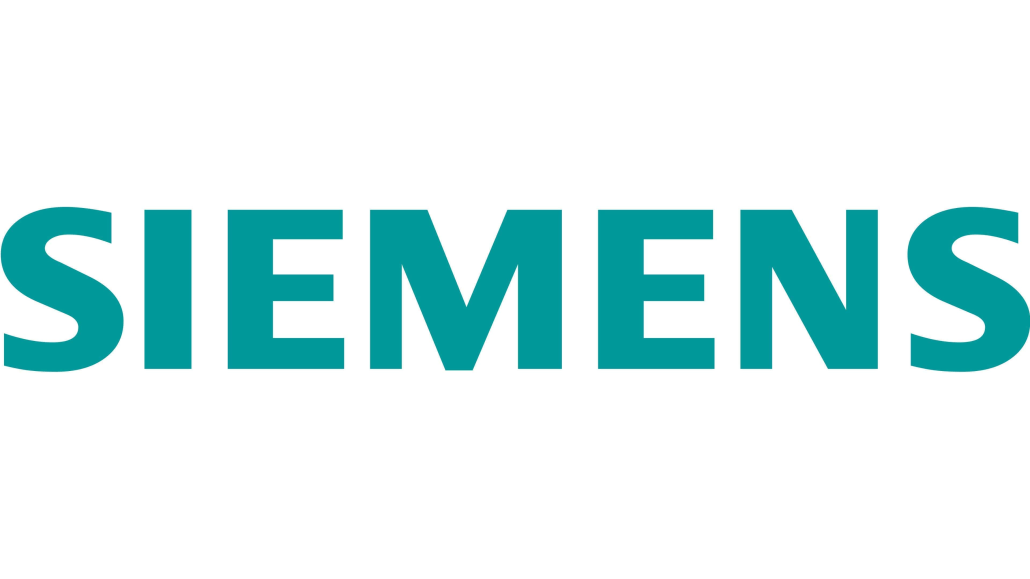

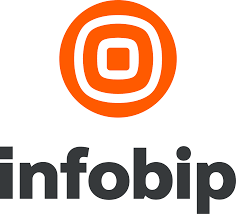 Infobip
Infobip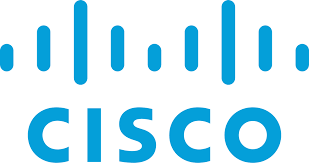 Cisco
Cisco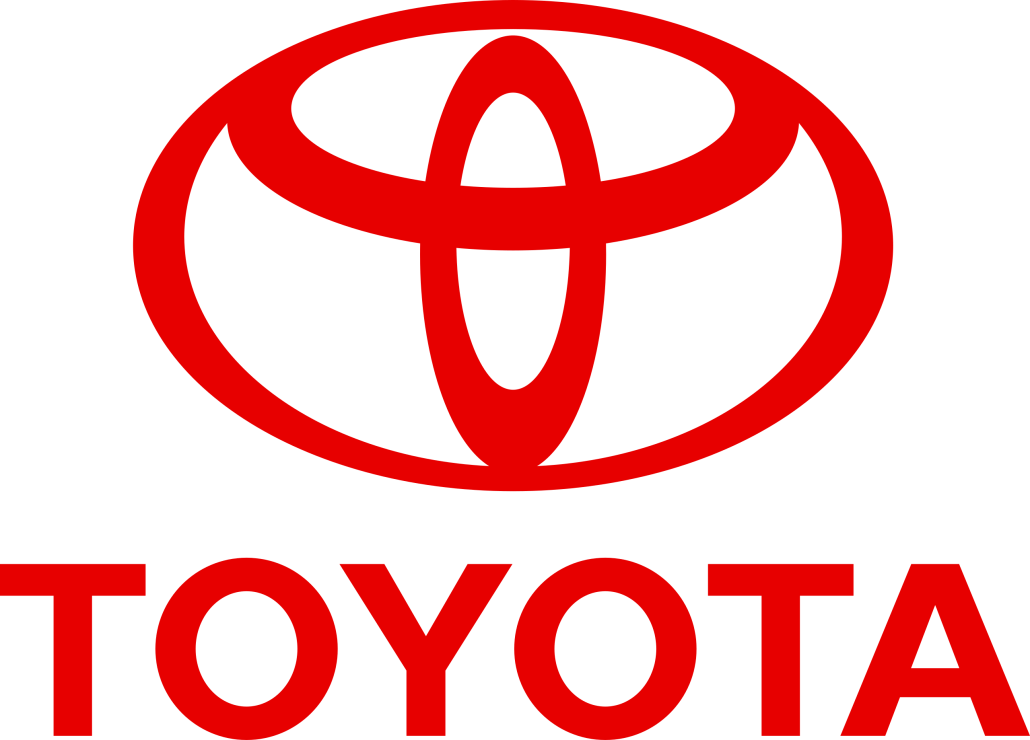 Toyota
Toyota
